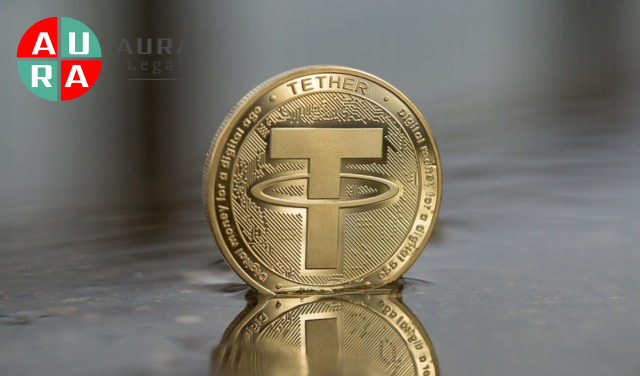Stablecoins are becoming an alternative currency in Brazil
28 Jan 2025

The rapid spread of stablecoins in Brazil is taking on the character of a natural dollarization of the economy. Tether USDT and USD Coin, pegged to the US dollar, are actively gaining ground in the emerging markets of Latin America, where traditional currencies are showing instability.
The historical experience of inflationary shocks in the region contributes to the search for reliable savings instruments by the population. Over the past year, the Brazilian real has lost about 25% of its value against the US dollar, which has increased the interest of citizens in alternative assets. Along with traditional investments in real estate and precious metals, stablecoins are becoming an attractive financial instrument.
The market capitalization of the stablecoin sector has exceeded the $200 billion mark, with tokens backed by the US currency in the greatest demand in Latin American countries. Statistics from Brazil’s Federal Tax Service show that in July 2024, more than 4.1 million citizens transacted with digital assets, with USDT accounting for over 90%.
Paolo Ardoino, CEO of Tether Limited, notes USDT’s dominance in Q1 2023, when transaction volume reached R$37.1 billion, accounting for 81% of the country’s total cryptocurrency and stablecoin turnover.
Despite the continued trust in Brazil’s banking system, USDT’s popularity continues to grow. SmartPay’s partnership with Tether provides access to USDT through a network of 24,000 ATMs across the country, allowing citizens to use the tokens for everyday transactions through the Pix payment system.

